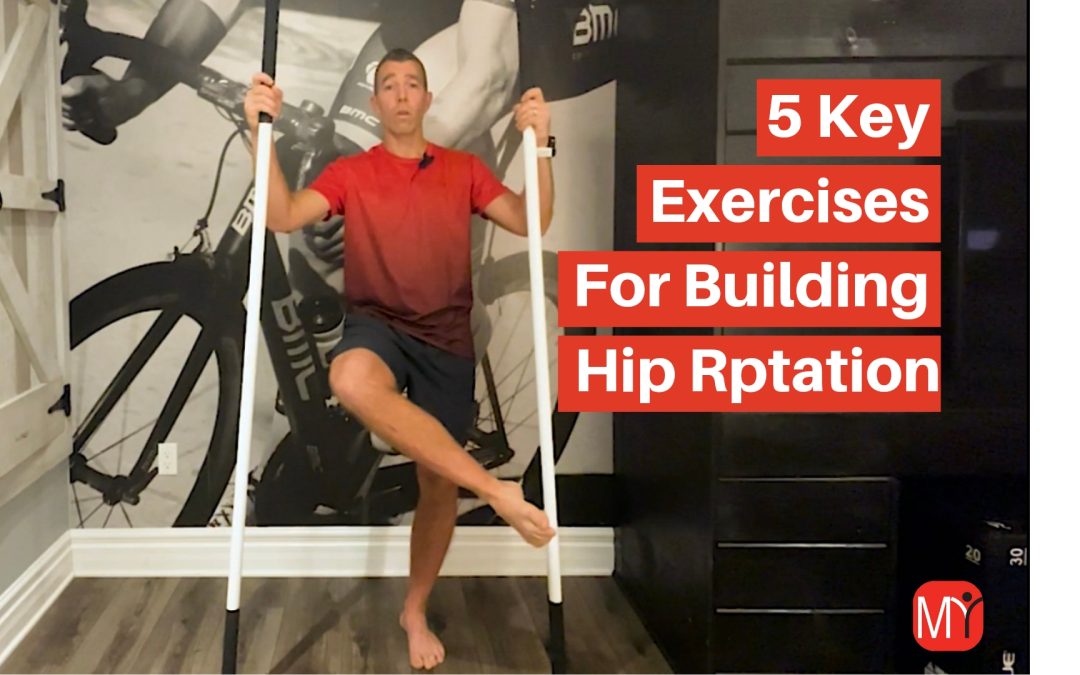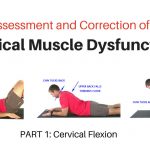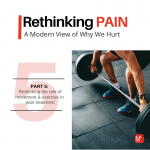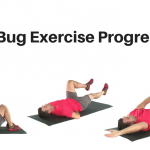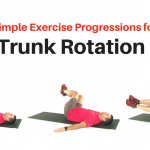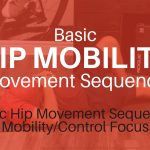Hip rotation is arguably the most basic and fundamental motion needed for a healthy and well-functioning hip. If a hip can’t rotate it can’t be a normal, healthy hip.
But rotation is also one of the most ignored and under-trained hip motions.
Here are 5 simple exercise progressions to improve hip rotation mobility and control.
Supine Hip Rotation AROM (Leg Extended)
The key with these basic exercises is to create active motion isolated to the hip joint itself… and only at the hip. Starting from this supine position helps to develop this control as it blocks the spine and pelvis from compensating for a restricted or poorly coordinated hip.
As control improves you can start to incorporate a harder “squeeze” as the hip reaches the end-range of internal and external rotation. This helps to work into the limited ranges. And it helps to create more control and coordination of the rotational muscles around the hip.
Supine Hip Rotation AROM (with Hip Flexed)
This progression is similar to the previous exercise, but we’re changing the thigh position to a more flexed position of the hip. This will create motion and tension at different aspects of the hip hip capsule and surrounding muscles.
The first key here is to rotate through the thigh but not allow the thigh to move up and down (flex-extend) or side to side (abduction-adduction).
The second key is to focus on generating contraction through the intended muscle groups. With internal rotation you should feel the muscles on the outside of the hip tense. With external rotation you should feel the deep muscles on the back of your hip generate the motion.
Standing Hip Rotation AROM
Next we’re going to transition to a standing position. Here the floor no longer blocks the pelvis and spine from compensating. So the key is to keep the motion isolated at the hip and keep the pelvis straight and steady.
Standing Hip Rotation AROM with Blocking
This is a version of the basic Standing Hip Rotation AROM exercise. The key with this exercise is to isolate motion at the hip. But some people have trouble with this and they need a little help.
This is where the blocking comes in. It provides a little extra feedback and helps to ensure that the pelvis stays stable with the motion.
Standing Hip Rotation AROM (with Hip Flexed)
As noted above the hip has to rotate from a variety of positions and postures. So here we’re incorporating a more flexed hip. Again, this increase the coordination demand as the floor is no longer blocking the pelvis.
Standing Closed Chain Hip Rotation AROM
In the progression we’re changing from an open-chain to a closed-chain movement. So instead of rotating the femur against a stable pelvic we’re rotating the pelvis on a stable femur.
Again, the key is isolating motion at the hip. This means the leg needs to stay steady and the knee should stay facing forward.
Make Your Exercise Prescription Easier and More Effective with My Rehab Connection
Home exercise prescription is of the most important aspect of patient care. But it can also be incredibly frustrating and time consuming. Patients often forget what you tell them, do the exercises wrong, or forget what exercises to do all together.
This is a major barrier to getting the results that you want and your patients need. But our home exercise software can help. Check it out to see how it works.
And remember, if you like the exercises you see here they are all part of our My Rehab Connection Exercise library.

